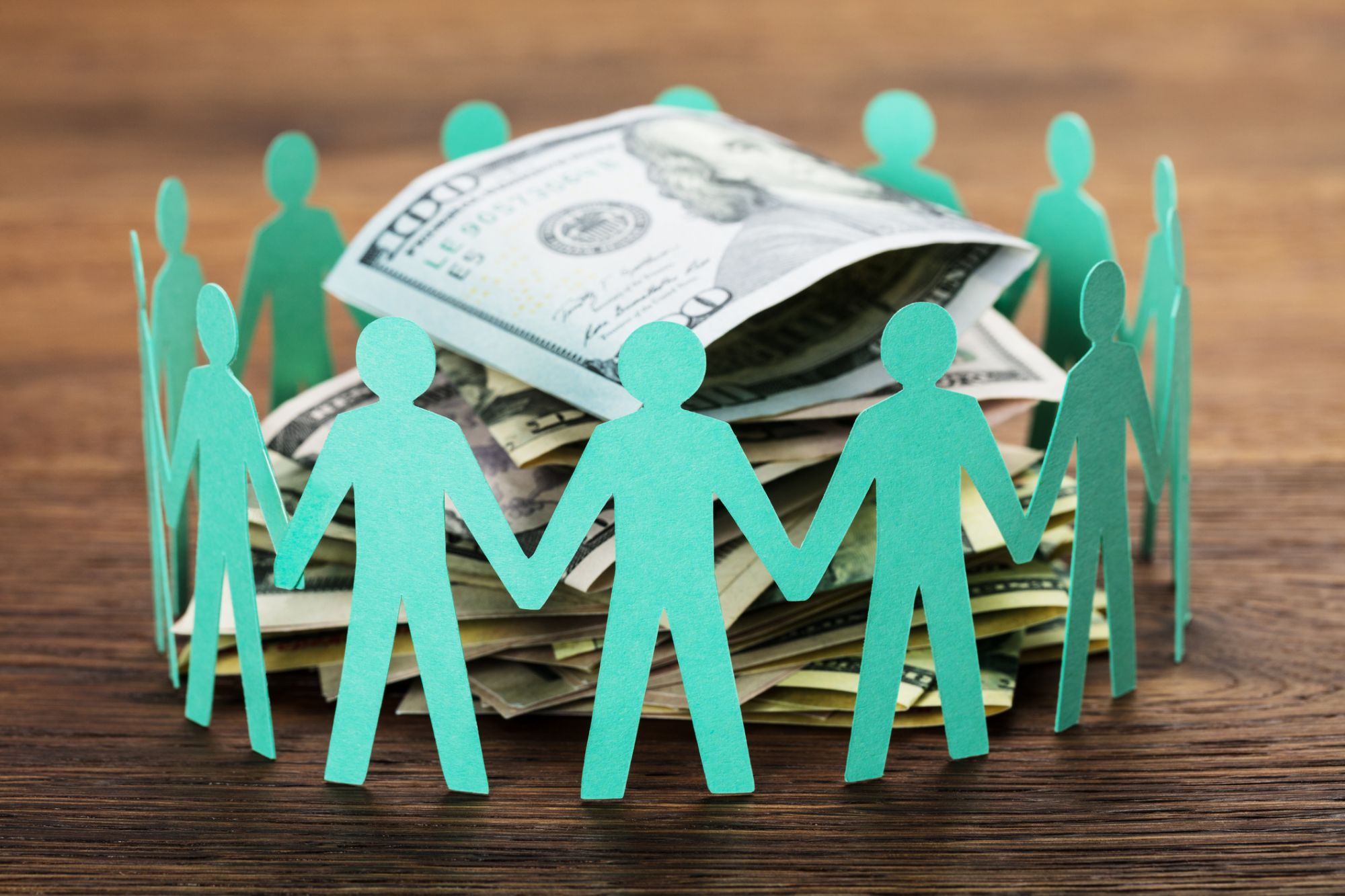3 Entrepreneurs Who Raised More Than $1 Million Crowdfunding Share the Secrets to Their Success Here's how to make sure your campaign is a blockbuster.
By Nina Zipkin

Julie Brusaw and her husband Scott launched an Indiegogo campaign in 2014 with a goal of $1,000,000. They ended up raising more than $2.2 million for Solar Roadways, a company that makes solar panels that can be walked and driven on.
Often, a make-or-break element of a successful crowdfunding campaign is the work you do before you launch. The strength of your idea could very well make it go viral, but for the majority of fund seekers, they've done months and some cases even years of planning before they go to Kickstarter or Indiegogo.
Brusaw explained that the Solar Roadways Facebook page had "a few thousand" followers before the campaign launched, and said that the social media support and advance press they obtained was invaluable. The company was also on its second contract with the U.S. Department of Transportation, which she says lent a level of legitimacy to the product that it might not have otherwise had. In the 60 days before the campaign launched, it was 18-hour days and all hands on deck, but once it went live, the work wasn't done.
"We always worked hard to answer comments and questions on our Indiegogo campaign as quickly as we could," Brusaw says. "We put time and energy into the comments, making sure to express our heartfelt gratitude to everyone who took time from their day to write to us. We do the same on our ongoing Indiegogo InDemand campaign and on our Facebook, Twitter, Instagram accounts to this day -- it's very important to us."
That can go a long way, especially as many entrepreneurs often launch campaigns with an idea and perhaps a prototype, but what ships to customers and backers will likely be different.
Related: 10 Top Crowdfunding Websites
In 2013, Canary, a company that makes smart home-security systems, had an Indiegogo campaign with a goal of $100,000. It ended up raising more than $1.9 million. Co-founder and CEO Adam Sager says the team viewed the crowdfunding campaign as their one chance to get it right. But he says that it was important to him to be both assured about the potential of the product, but realistic about the progress at the same time.
"We knew our product would get better and more intelligent over time, and not only did we communicate that to our audience, we ultimately delivered on it," Sager says. "It's important that your confidence and conviction in the product is shared by consumers. In order to do that, focus on benefits, don't be afraid to be bold, and do it in a way that consumers will appreciate, and ultimately support."
Brusaw agrees. When the Solar Roadways campaign launched, the company wasn't in a position to offer its finished product as a perk, so it got creative, rewarding backers with T-shirts, bumper stickers, hats and mouse pads with its logo and slogans including "Drivin' on Sunshine." For every $100 donation, the team made 30-second personalized videos. "When we put that perk up, we expected to film perhaps 10 videos," Brusaw recalls to Entrepreneur. "But the more than 700 videos took us about a year to film."
Related: Entrepreneur Elevator Pitch Season 2 Ep. 1: Breaking the Cardinal Rule of Pitching
Hiral Sanghavi and his wife, Yoganshi Shah, run BauBax, a company that creates products to make traveling a little easier -- for example, its popular all-purpose travel jacket equipped with 15 compartments, including a neck pillow and pockets for your charger and phone. Sanghavi likens crowdfunding to the filmmaking process.
In some cases, the company ran what he described as a "blockbuster" campaign, like for the jacket, which began in 2015 with a goal of $200,000 and raised $9 million.
But for every major success, there is "a flop," like a campaign the company did in 2016 for apparel that would wirelessly charge your devices, which didn't clear its goal of $100,000. Then there was BauBax's most recent outing on Kickstarter, a sequel of sorts to the original jacket, now with 25 different features, that reached nearly $4 million. Sanghavi refers to that as his "sleeper hit."
He says that when you are in the planning stages, it isn't enough just to post the campaign and hope for the best. Connect with your former classmates and co-workers, friends, family and community members. That reach -- Sanghavi says he got his product in front of roughly 10,000 people -- can provide a solid foundation and advanced buzz before you officially launch.
Sanghavi notes that from the three campaigns, BauBax has a base of 200,000 potential customers that could potentially support any new products that they come up with. But he cautions that while Kickstarter is a highly trafficked site, there is a real chance that your product can get lost in the shuffle. So how do you stand out? He suggests making sure you're reaching out to the bloggers and publications that will resonate with the customers you want and employing firms that specialize in marketing crowdfunding campaigns.
Sanghavi says that what he has learned from these experiences is that as much as you might love an idea, sometimes there are just some concepts whose time is just never meant to come. The best thing you can do is learn from it and move forward.
"It's very difficult to predict whether it's going to be success or failure," Sanghavi says. "Do not get married to your idea. … [You can't please everyone], all you can do is make sure you're solving a genuine problem."









